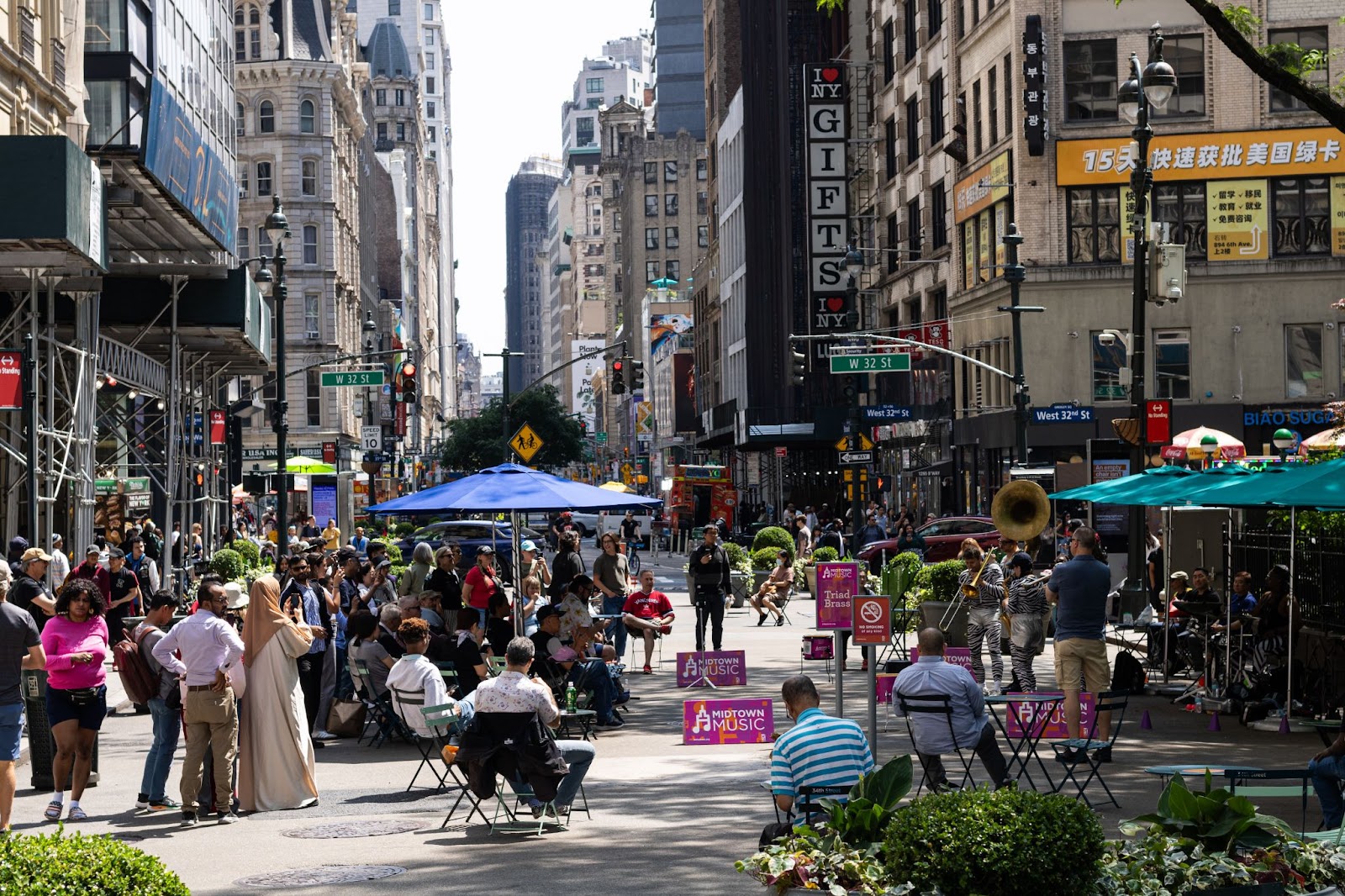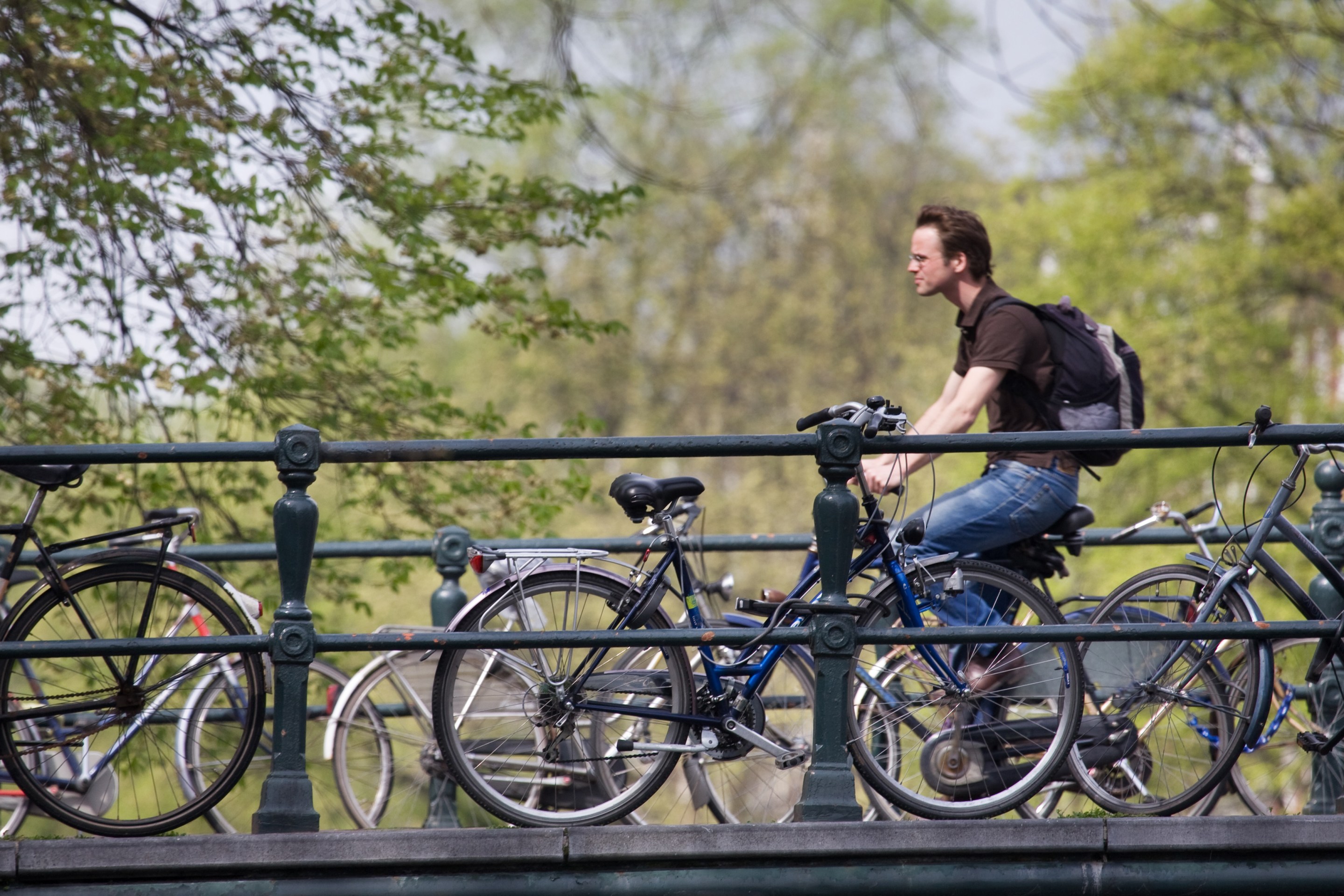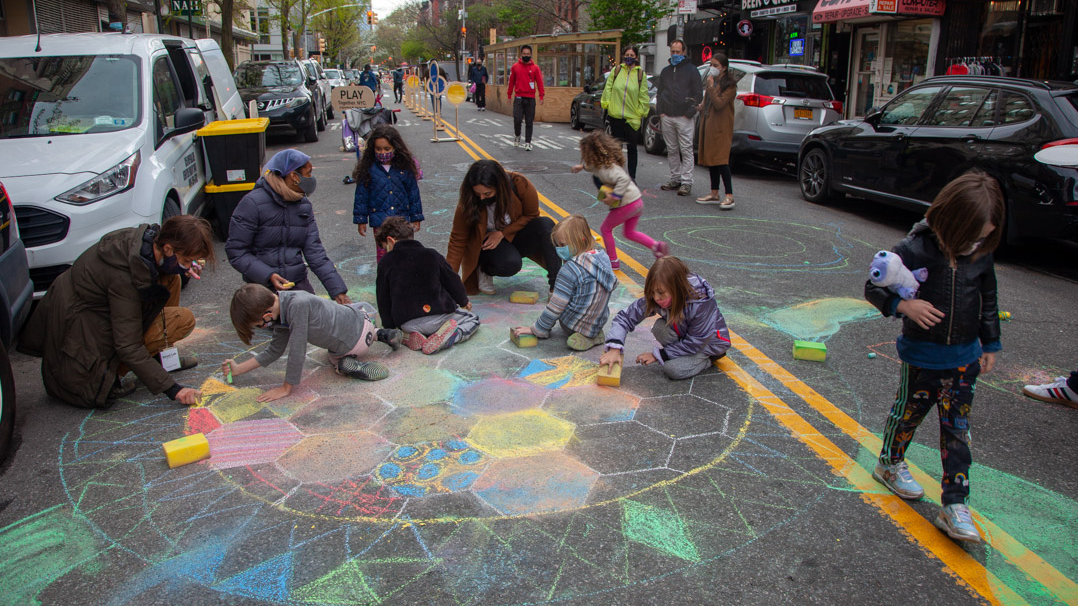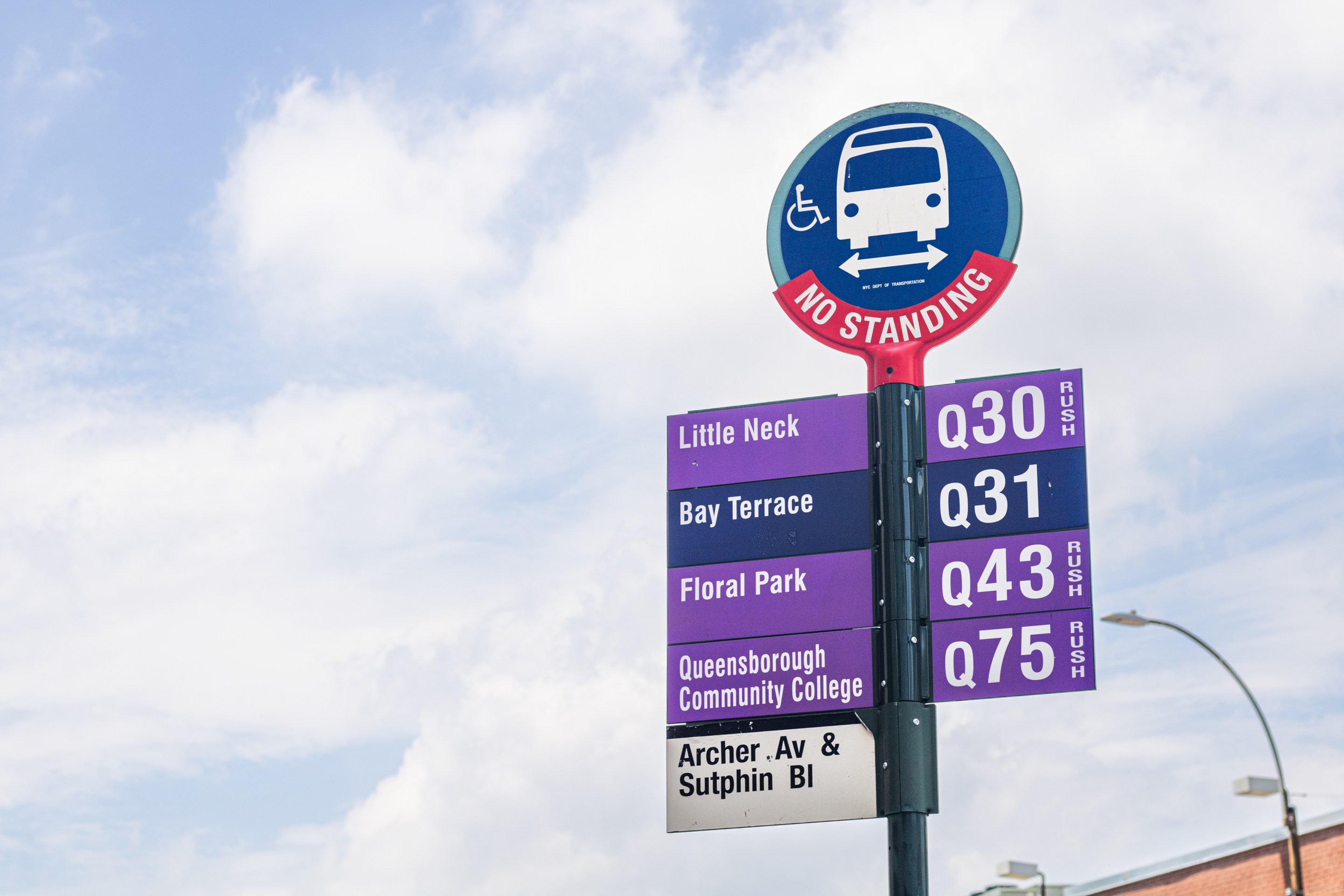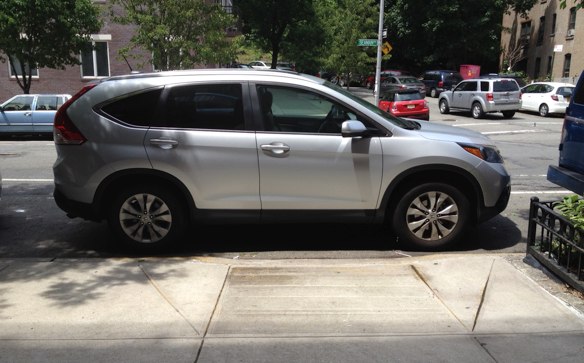
I violated a traffic rule on the day I moved to New York City.
I parked a minivan, rented for the move, in this spot on Seaman Avenue. I locked up the van and was headed to my apartment when a passerby informed me that I would get ticketed, if not towed, if I left it there. I didn't notice the pedestrian ramp, which leads to Payson Avenue across the street, and I'd blocked the crossing.
As noted recently on Urban Residue, in 2009 DOT adopted a rule change that allows drivers to park at T intersections. The change was prompted by Council Member Vincent Gentile, who had introduced a bill to make it legal to park in unmarked crosswalks across the city.
According to a Brooklyn Eagle report, Gentile wanted "to open up more parking spaces" -- and, of course, keep pedestrians from putting themselves in harm's way.
Sloped curb cuts where vehicles are now permitted to park, Gentile explained, are “unfit for safe pedestrian crossing” because they there are no traffic signals or stop signs to slow down oncoming traffic. And there are no crosswalk lines marking where pedestrians should cross, he added.
You'll recall that in the days before Vision Zero, as far as transportation policy was concerned, the City Council was focused on little else besides making it easier to park. With Speaker Christine Quinn and transpo committee chairs John Liu and Jimmy Vacca trying to score points by addressing one car owner gripe after another, Gentile’s bill might have passed even if DOT hadn’t beaten him to the punch.
We don't know how many parking spaces were created by this rule change, but one thing’s for sure: The headaches for NYC car owners aren't going away as long as curbside parking is totally free.
Meanwhile, according to an NYU Langone Medical Center study of Bellevue trauma patients, more pedestrians are injured while crossing in crosswalks with "walk" signals than while crossing mid-block or against the signal. Data mapped by Transportation Alternatives' CrashStat show that, between 1995 and 2009, there were no pedestrian-involved crashes at Seaman and Payson, while the two closest signalized intersections saw a handful of injury crashes each.
Has blocking unmarked crosswalks -- which are natural walking paths -- stopped people from using them? No, but it has worsened sight lines, making it harder for drivers and pedestrians to see each other. What the city should be doing is daylighting space next to pedestrian curb ramps -- the opposite of the Gentile rule.
With traffic safety now a top tier issue for electeds, there's no time like the present.
